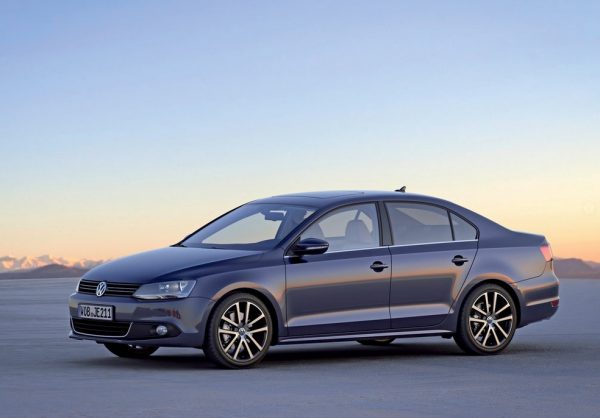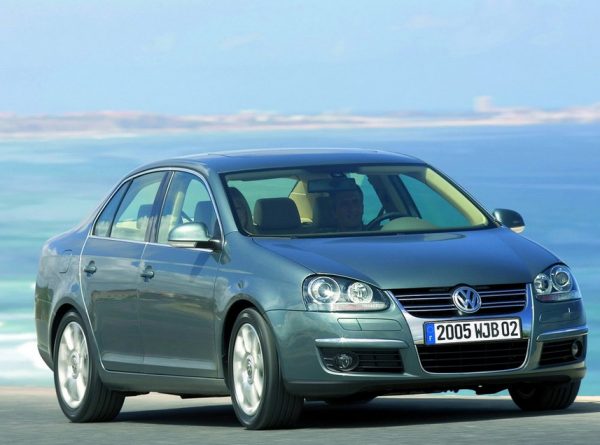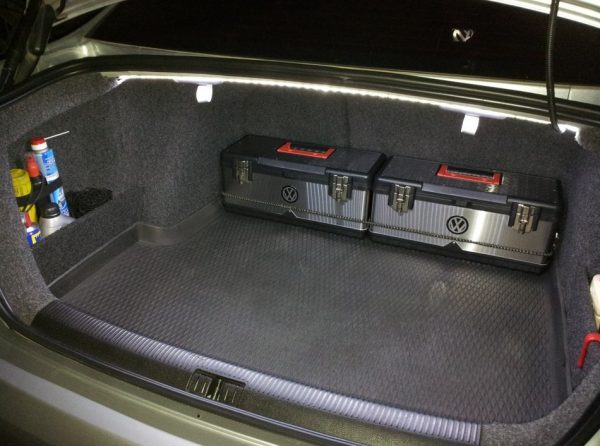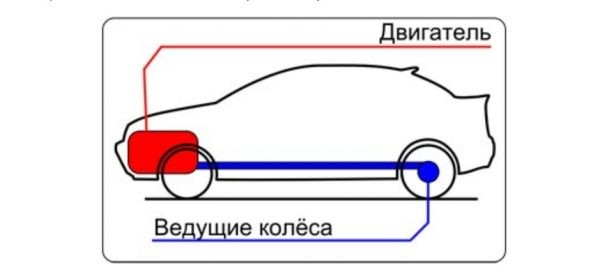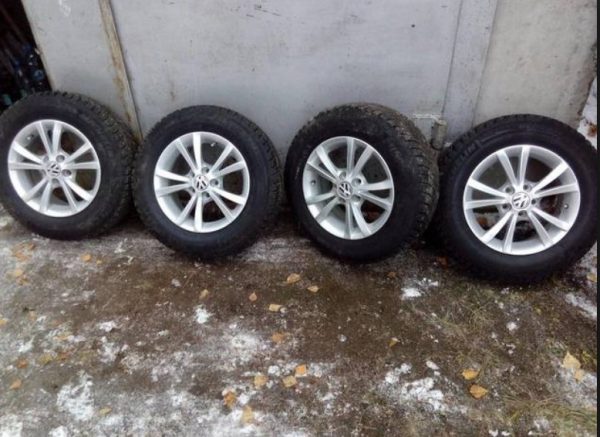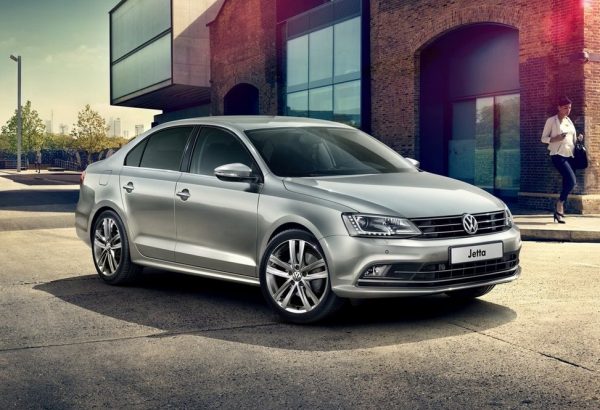
The main technical characteristics of the Volkswagen Jetta
Content
Among domestic motorists, the Volkswagen Jetta has rightfully earned a reputation as a reliable “workhorse”, perfectly adapted to work on Russian roads, the quality of which at all times left much to be desired. Let's take a closer look at the main technical characteristics of this wonderful German car.
Specifications Volkswagen Jetta
Before proceeding to an overview of the main parameters of the Volkswagen Jetta, one clarification should be made. On domestic roads, the Jetta of three generations is most often found:
- Jetta 6th generation, the newest (the release of this car was launched in 2014 after a deep restyling);
 Jetta 2014 release, after a serious restyling
Jetta 2014 release, after a serious restyling - pre-styling Jetta 6th generation (2010 release);
 Jetta 2010 release, pre-styling model
Jetta 2010 release, pre-styling model - Jetta 5th generation (2005 release).
 Jetta 2005, now obsolete and discontinued
Jetta 2005, now obsolete and discontinued
All the characteristics listed below will apply specifically to the three above models.
Body type, number of seats and steering wheel position
All generations of the Volkswagen Jetta have always had only one body type - a sedan.
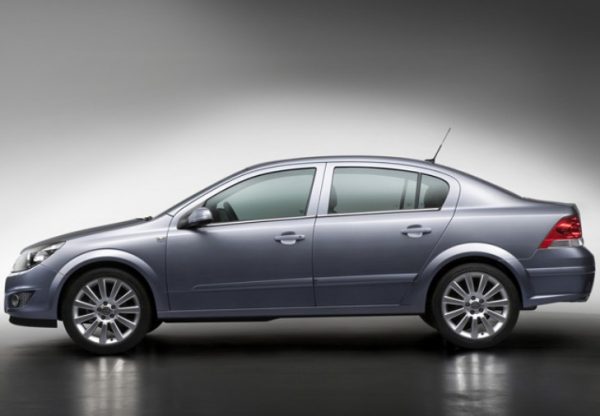
Fifth-generation sedans, produced until 2005, could be either four- or five-door. The fifth and sixth generations of the Volkswagen Jetta are produced only in a four-door version. The vast majority of sedans are designed for 5 seats. These include the Volkswagen Jetta, which has two seats in the front and three in the back. The steering wheel in this car has always been located only on the left.
Body dimensions and trunk volume
Body dimensions are the most important parameter that a potential car buyer is guided by. The larger the dimensions of the machine, the more difficult it is to control such a machine. Volkswagen Jetta body dimensions are usually determined by three parameters: length, width and height. Length is measured from the farthest point of the front bumper to the farthest point of the rear bumper. The width of the body is measured at the widest point (for the Volkswagen Jetta, it is measured either along the wheel arches or along the central body pillars). As for the height of the Volkswagen Jetta, everything is not so simple with it: it is measured not from the bottom of the car to the highest point of the roof, but from the ground to the highest point of the roof (moreover, if roof rails are provided on the roof of the car, then their height is not taken into account when measuring ). In view of the foregoing, the body dimensions and trunk volumes of the Volkswagen Jetta were as follows:
- the dimensions of the 2014 Volkswagen Jetta were 4658/1777/1481 mm, the trunk volume was 510 liters;
 The 2014 Jetta has a fairly spacious trunk
The 2014 Jetta has a fairly spacious trunk - the dimensions of the pre-styling "Jetta" in 2010 were 4645/1779/1483 mm, the trunk volume was also 510 liters;
- the dimensions of the 2005 Volkswagen Jetta are 4555/1782/1458 mm, the trunk volume is 526 liters.
Gross and curb weight
As you know, the mass of cars is of two types: full and equipped. The curb weight is the weight of the vehicle, which is fully fueled and ready for operation. At the same time, there is no cargo in the trunk of the car, and there are no passengers in the cabin (including the driver).
Gross Weight is the curb weight of the vehicle plus the loaded trunk and the maximum number of passengers that the vehicle is designed to carry. Here are the masses of the last three generations of the Volkswagen Jetta:
- curb weight Volkswagen Jetta 2014 - 1229 kg. Gross weight - 1748 kg;
- curb weight Volkswagen Jetta 2010 - 1236 kg. Gross weight 1692 kg;
- the curb weight of the 2005 Volkswagen Jetta varied depending on the configuration from 1267 to 1343 kg. The gross weight of the car was 1703 kg.
type of drive
Car manufacturers can equip their cars with three types of drives:
- rear (FR);
 On rear-wheel drive vehicles, torque is supplied to the drive wheels through a cardan drive.
On rear-wheel drive vehicles, torque is supplied to the drive wheels through a cardan drive. - full (4WD);
- front (FF).
 On front-wheel drive vehicles, the front wheels are driven.
On front-wheel drive vehicles, the front wheels are driven.
Four-wheel drive involves the supply of torque from the engine to all four wheels. This greatly increases the cross-country ability of the car, the driver of an all-wheel drive car feels equally confident on a variety of road surfaces. But all-wheel drive vehicles are characterized by increased gas mileage and high cost.
Rear-wheel drive is currently equipped mainly with sports cars.
Front-wheel drive is installed on the vast majority of modern cars, and the Volkswagen Jetta is no exception. All generations of this car were equipped with the FF front-wheel drive, and there is a simple explanation for this. A front-wheel drive car is easier to drive, so it is most suitable for a novice car enthusiast. In addition, the cost of front-wheel drive cars is low, they consume less fuel and are easier to maintain.
Clearance
Ground clearance (aka ground clearance) is the distance from the ground to the lowest point of the bottom of the car. It is this definition of clearance that is considered to be classical. But the engineers of the Volkswagen concern measure the clearance of their cars according to some method known only to them. So Volkswagen Jetta owners often face a paradoxical situation: the distance from the muffler or from the shock absorber struts to the ground can be much less than the clearance specified by the manufacturer in the car's operating instructions.
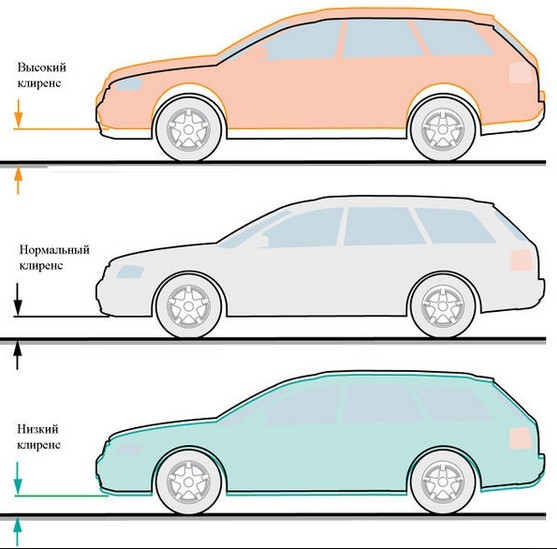
It should also be noted here that for Volkswagen Jetta cars sold in Russia, the clearance was slightly increased. The resulting numbers are as follows:
- ground clearance for the 2014 Volkswagen Jetta is 138 mm, in the Russian version - 160 mm;
- ground clearance for the 2010 Volkswagen Jetta is 136 mm, the Russian version is 158 mm;
- ground clearance for the 2005 Volkswagen Jetta is 150 mm, the Russian version is 162 mm.
Transmission
Volkswagen Jetta cars are equipped with both mechanical and automatic transmissions. Which box will be installed in a specific Volkswagen Jetta model depends on the configuration chosen by the buyer. Mechanical boxes are considered more durable and reliable. Automatic transmissions help to significantly save fuel, but their reliability leaves much to be desired.
The mechanical boxes installed on the Jettas of the 5th and 6th generations were last modernized in 1991. Since then, German engineers have not done anything with them. These are the same six-speed units that are ideal for those who prefer not to rely on automation and want to fully control their car.

The seven-speed automatic transmissions installed on the Volkswagen Jetta can provide a smoother and more comfortable ride. The driver will have to pedal much less often and change gears.
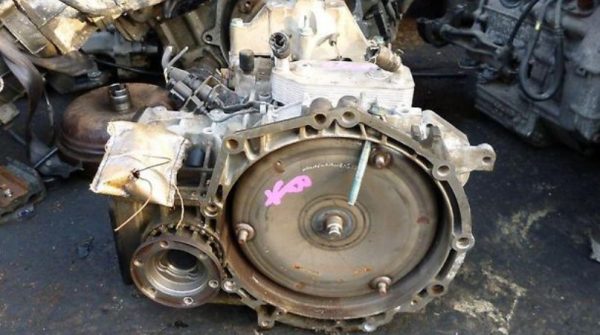
Finally, the newest Jetta, 2014, can be equipped with a seven-speed robotic gearbox (DSG-7). This "robot" usually costs a little less than a full-fledged "machine". This circumstance contributes to the growing popularity of robotic boxes among modern motorists.

Consumption and type of fuel, tank volumes
Fuel consumption is the most important parameter that every car owner is interested in. Currently, gasoline consumption from 6 to 7 liters per 100 kilometers is considered to be optimal. Volkswagen Jetta is equipped with both diesel and gasoline engines. Accordingly, these vehicles can consume both diesel fuel and AI-95 gasoline. Here are the fuel consumption standards for cars of different generations:
- fuel consumption on the 2014 Volkswagen Jetta varies from 5.7 to 7.3 liters per 100 kilometers on gasoline engines and from 6 to 7.1 liters on diesel engines;
- fuel consumption on the 2010 Volkswagen Jetta varies from 5.9 to 6.5 liters on petrol engines and from 6.1 to 7 liters on diesel engines;
- fuel consumption on a 2005 Volkswagen Jetta ranges from 5.8 to 8 liters on petrol engines, and 6 to 7.6 liters on diesel engines.
As for the volume of fuel tanks, the volume of the tank is the same on all generations of the Volkswagen Jetta: 55 liters.
Wheel and tire sizes
Here are the main parameters of Volkswagen Jetta tires and wheels:
- 2014 Volkswagen Jetta cars are fitted with 15/6 or 15/6.5 discs with a disc overhang of 47 mm. Tire size 195-65r15 and 205-60r15;
 Typical 15/6 tires suitable for the sixth generation Jetta
Typical 15/6 tires suitable for the sixth generation Jetta - older Volkswagen Jetta models are fitted with 14/5.5 discs with a disc overhang of 45 mm. Tire size 175–65r14.
Engines
The Volkswagen concern adheres to a simple rule: the more expensive the car, the larger the volume of its engine. Since the Volkswagen Jetta never belonged to the segment of expensive cars, the engine capacity of this car never exceeded two liters.
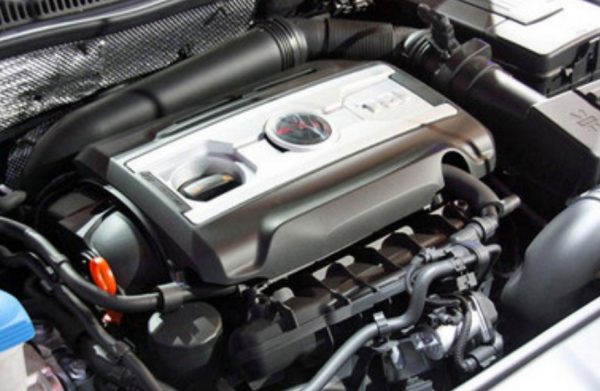
Now in more detail:
- Volkswagen Jetta cars of 2014 were equipped with CMSB and SAHA engines, the volume of which varied from 1.4 to 2 liters, and the power varied from 105 to 150 hp. With;
- Volkswagen Jetta cars of 2010 were equipped with STHA and CAVA engines with a volume of 1.4 to 1.6 liters and a power of 86 to 120 hp;
- Volkswagen Jetta cars of 2005 were equipped with BMY and BSF engines with power from 102 to 150 hp. With. and volume from 1.5 to 2 liters.
Trim
It's no secret that German engineers prefer not to rack their brains for a long time when it comes to trimming the interior of budget cars in a compact class, which include the Volkswagen Jetta. In the photo below you can see the salon "Jetta" 2005 release.

Interior trim here can not be called bad. Despite some “angularity”, all trim elements are made of high-quality materials: it is either durable plastic, which is not so easy to scratch, or solid leatherette. The main problem of the "Jetta" of the fifth generation was tightness. It was this problem that Volkswagen engineers sought to eliminate by restyling the model in 2010.
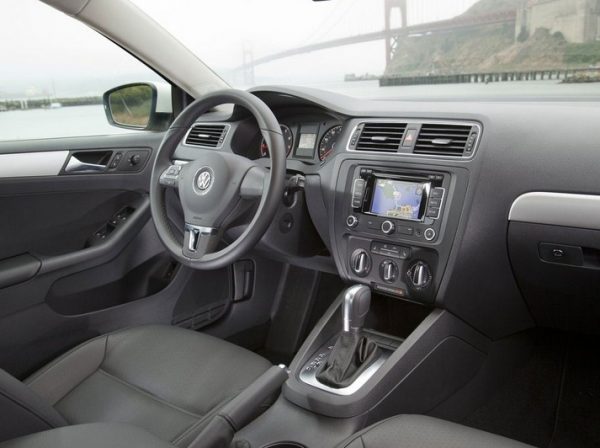
The cabin of the "Jetta" of the sixth generation has become a little more spacious. The distance between the front seats has increased by 10 cm. The distance between the front and rear seats has increased by 20 cm (this required a slight lengthening of the car body). The decoration itself has lost its former "angularity". Its elements have become rounded and ergonomic. The color scheme has also changed: the interior has become monophonic, light gray. In this form, this salon migrated to the 2014 Jetta.
Video: Volkswagen Jetta test drive
So, "Jetta" in 2005 successfully survived its rebirth, and judging by the ever-increasing sales around the world, the demand for the German "workhorse" does not even think of falling. This is not surprising: thanks to the abundance of trim levels and the company's reasonable pricing policy, every motorist will be able to choose a Jetta to suit their taste and wallet.


